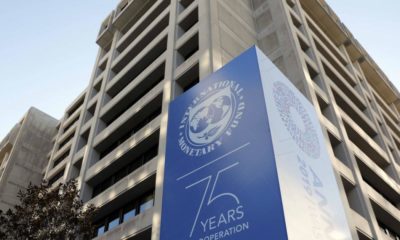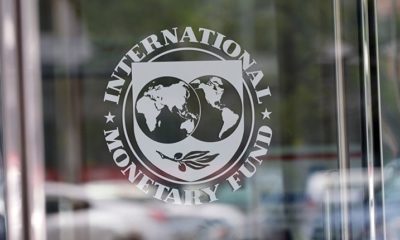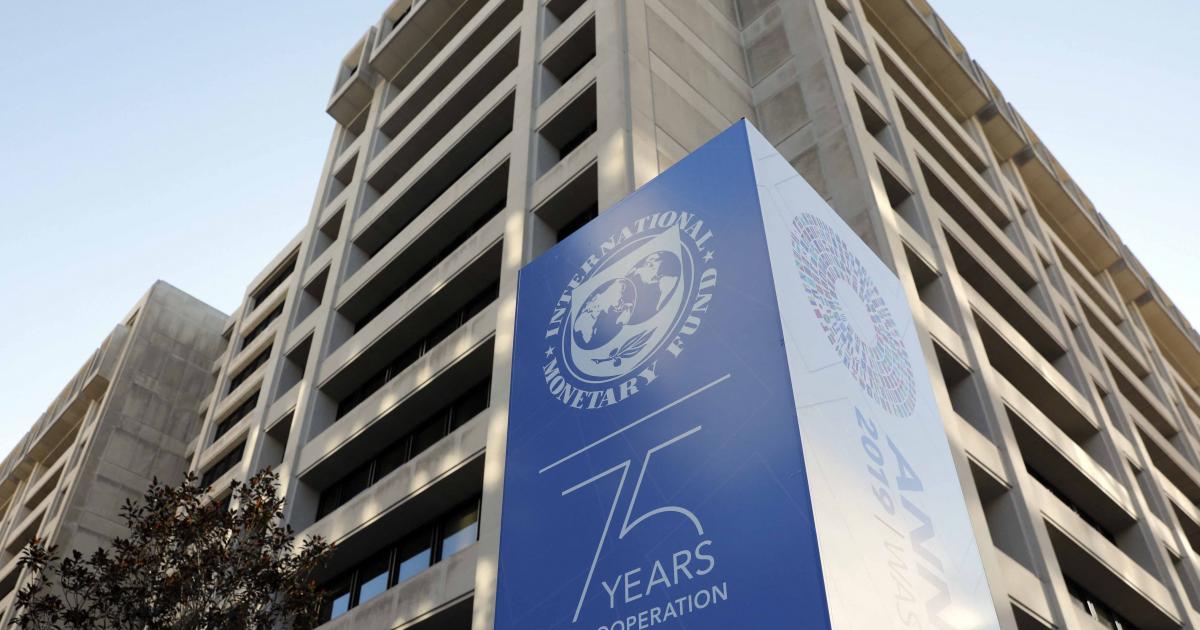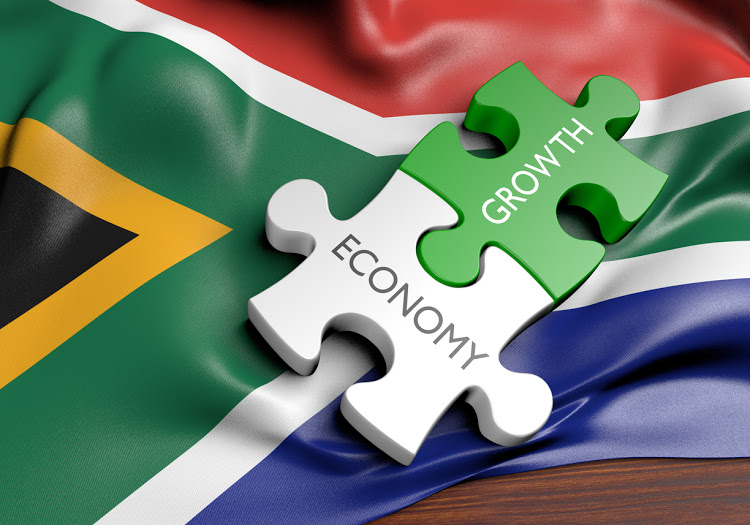In its latest World Economic Outlook (WEO), the IMF trimmed its global forecast for 2022 to 3.2% y/y from 3.6% y/y in April. For 2023, the growth projection was revised downwards from 3.6% y/y to 2.9% y/y. Higher inflation across advanced and emerging economies worsened by the Russia-Ukraine crisis has triggered a wave of monetary policy tightening at a faster pace than expected. Furthermore, a slowdown in China reflects the COVID-19 outbreaks and lockdowns, contributing to global supply chain disruptions and declining domestic consumption.
There were downward revisions in the 2022 growth projections for major economies like the US, Eurozone and China. Growth in the US was revised downwards from 3.7% y/y to 2.3% y/y in 2022. This reflects the erosion of household purchasing power due to elevated inflation and the impact of additional monetary policy tightening this year. In addition, Eurozone growth was revised downwards from 2.8% y/y to 2.6% y/y, largely reflecting the spillover effects from the Russia-Ukraine crisis.
China’s growth was revised downwards from 4.4% y/y to 3.3% y/y in 2022. If this materialises, it would be China’s slowest growth in more than four decades (that is, excluding growth posted following the initial COVID-19 crisis in 2020). The revision is largely due to possibilities around increased COVID-19 outbreaks and lockdowns, particularly in core manufacturing and trading hubs.
According to the report, the Russian economy is estimated to have contracted by less than previously projected in Q2 ’22. This is due to the resilience of domestic demand, despite the sanctions. The economy has also been supported by elevated crude oil prices and other non-energy exports. The IMF now expects Russia to contract by -6.0% y/y in 2022, compared with -8.5% in April’s WEO.
We understand that global oil demand is projected to increase to 99.4mbpd in 2022 from 96.9mbpd recorded in 2021. However, this is still below pre-pandemic levels. Oil price assumptions based on the futures markets for the Fund’s basket of three crude blends (UK Brent, Dubai Fateh, and West Texas Intermediate crude oil), shows a decline of -2.7% to USD103.9 in 2022 from USD106.8/b in April’s WEO and a decline of -1.6% to USD91.1/b
in 2023.
The projection for global inflation has also been revised. For advanced economies, the IMF projects average inflation at 6.6% y/y compared with 5.7% y/y in April’s WEO. This revision is partly driven by expectations around upticks in gas prices, particularly during the winter months.
Furthermore, a complete cessation of exports of Russian gas to the Eurozone would significantly increase inflation through higher energy prices. This week, the European Union approved an emergency plan to reduce gas demand. Expectations are that lower consumption will ease the impact on gas prices if Russia halts gas exports.
For emerging economies, the IMF projects average inflation at 9.5%y/y compared with 8.7% y/y in April’s WEO. This is on the back of upticks in energy and food prices. The Russia-Ukraine crisis has been the principal driver of global food price inflation.
In particular, the price of grains, such as wheat have seen significant upticks in price. The central banks of major advanced economies have responded to rising headline inflation with policy rate hikes. In the US, the FOMC raised the target range for the federal funds rate by 75bps to 2.25% – 2.5% at its July ‘22 meeting.
Similarly, the European Central Bank raised 3 key interest rates by 50bps during its July ‘22 meeting, the first increase since 2011. The Bank of England also raised its main bank rate by 25bps to 1.25% during its June ‘22 meeting, a fifth consecutive rate hike. Given the trend in inflation, the general expectation is that policy rates are set to rise further in coming months.
Among emerging economies, China remains an outlier. In July, the people’s bank of China held steady its key rates in a bid to support economic recovery in the wake of COVID-19 outbreaks. The one-year loan prime rate (LPR) was left unchanged at 3.7%; while the five-year rate, a reference for mortgages, was maintained at 4.45%. We note that China’s economy grew by 0.4% y/y in Q2 ’22 compared to 4.8% y/y recorded in Q1 ‘22.
Expectations of more monetary policy tightening have come at a time when the fiscal positions for many emerging economies are already stretched.
The rate hikes have contributed to financial market volatility and risk repricing for emerging market sovereign debt. According to the report, 60% of low-income countries are at a high risk of government debt distress. One example is Sri Lanka which temporarily defaulted on its external debt obligation in April ‘22. Burdened by soaring food and fuel costs, the country is currently in talks with the IMF to secure a bailout package.
The IMF’s forecast for Nigeria was unchanged at 3.4% for 2022 but was raised to 3.2% for 2023. This is in line with our forecast for 2022, and it reflects the elevated oil price environment. Bonny Light has increased from USD80.1/b at the start of the year and has remained above USD100/b.
Other upside risks include sustained growth in select sectors, improved harvest, electioneering activities and a small fiscal boost towards end-year.
However, downside risks to the forecast still revolve around the trickledown effects of the Russia-Ukraine crisis. Also, the presence of the fuel subsidy regime (estimated to be N4trn in 2022) and current low oil production levels undermine the expected benefits of higher oil prices. According to data from the Nigerian Upstream Regulatory Commission, oil production in June ‘22 stood at 1.40mbpd.
This is below OPEC’s approved quota of 1.7mbpd and the FGN’s 2022 budget assumption of 1.6mbpd. Furthermore, the price surges in deregulated petroleum products (diesel, aviation fuel, kerosene), and agric-commodities like wheat have led to increases in operational costs for businesses and strain in household wallets.

 Forex2 weeks ago
Forex2 weeks ago


 Naira2 weeks ago
Naira2 weeks ago
 Naira4 weeks ago
Naira4 weeks ago
 Company News4 weeks ago
Company News4 weeks ago
 Billionaire Watch1 week ago
Billionaire Watch1 week ago




 Naira2 weeks ago
Naira2 weeks ago




 Naira1 week ago
Naira1 week ago




 Naira4 weeks ago
Naira4 weeks ago
















